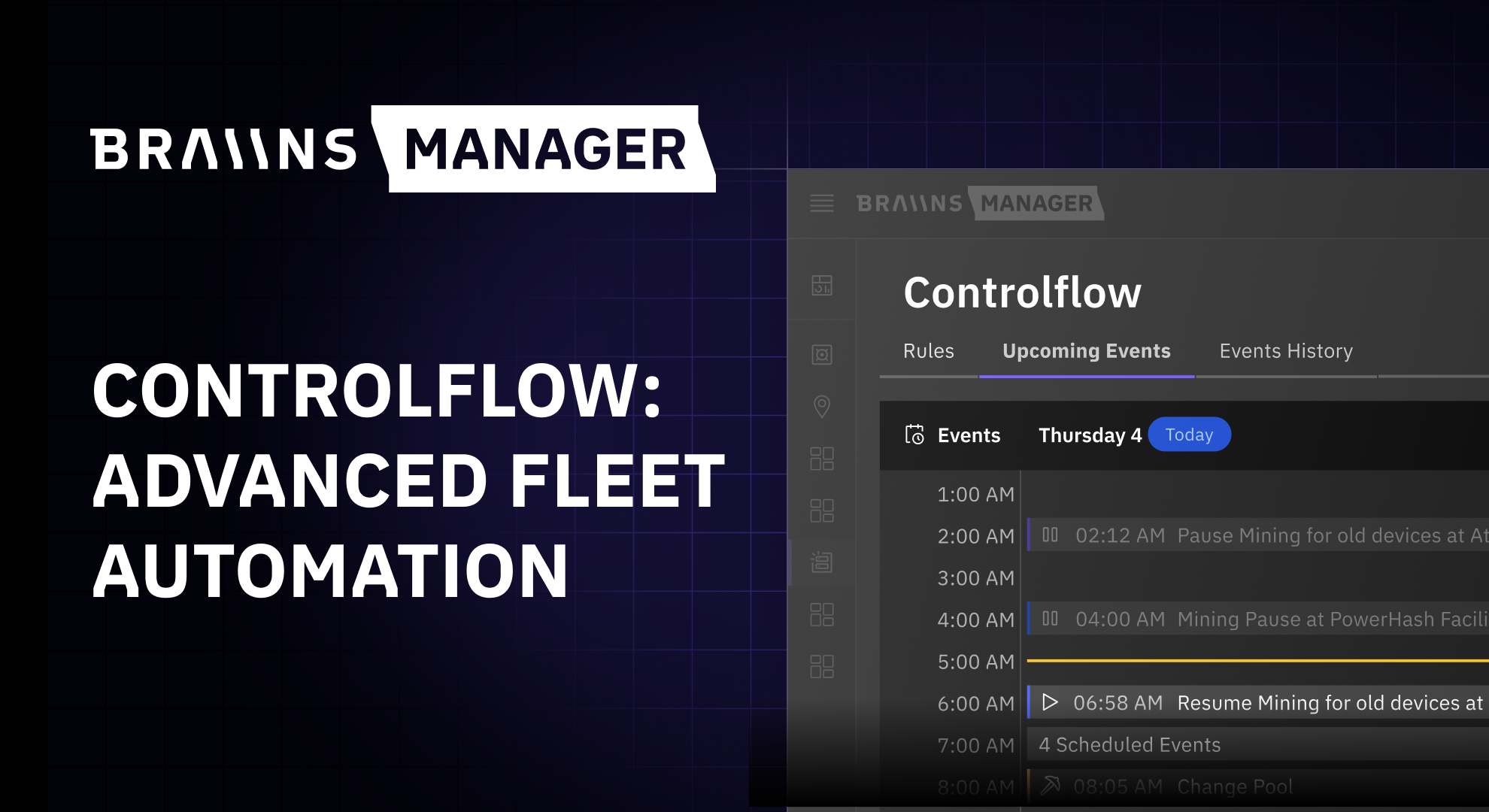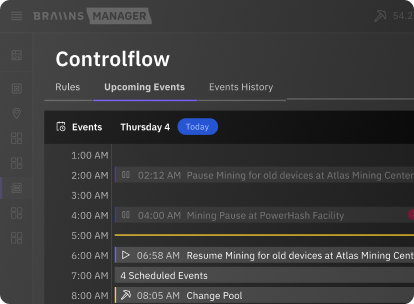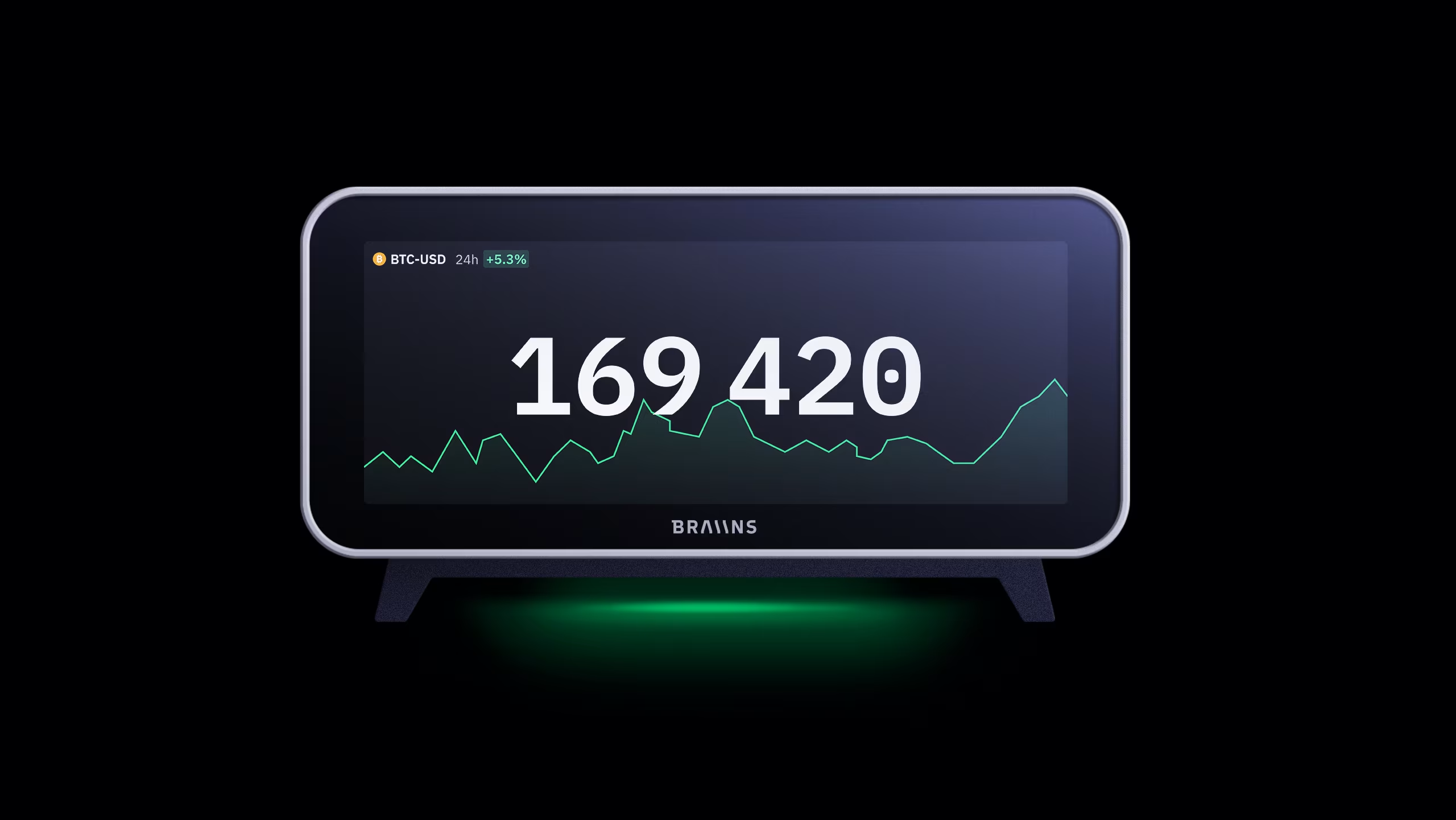Bitcoin Pizza Day Mining Facts
Published
22.5.2022
Some facts about the transaction behind bitcoin’s pizza holiday that are overlooked.

Table of Contents
Pizza Day holds a special place in the history of bitcoin by marking the first recorded instance of bitcoin being used as a medium of exchange, or money. On this day in 2010, two people – Laszlo Hanyecz and Jeremy Sturdivant – agreed to exchange two Papa John’s pizzas for 10,000 BTC. Today, bitcoin miners, investors, and developers around the world celebrate this event with pizzas of their own (hopefully purchased with far fewer bitcoins than Hanyecz paid).
But this article takes a closer look at the transaction between these two early bitcoin adopters and uncovers some interesting mining factoids and bits of on-chain data about the event that aren’t commonly discussed. Here’s a short list of some fund pizza day mining facts.
- The actual spend recorded on the Bitcoin blockchain that financed the famous Pizza Day exchange was included in block 57,043. See it on Mempool here. Who mined this block isn’t known, but it was mined 40,791 blocks before Braiins Pool (formerly Slush Pool) launched (first block mined was 97,834).
- Hanyecz’s transaction was the only one in its block, besides the coinbase transaction paying the 50 BTC mining subsidy. Blocks that included only one or two transactions were the norm at this point in Bitcoin’s growth. In fact many of the blocks found early in bitcoin's lifetime only included the coinbase transaction without any other “real” transactions at all.
- The pizzas actually cost more than 10,000 BTC. That amount was agreed upon by Sturdivant and Hanyecz, but the total spend was 10,001 BTC after accounting for the 1 BTC transaction fee that Hanyecz paid to the network’s miners.
- Six hours passed between the bitcoin spend and the announcement of the pizza-for-bitcoin trade. The block containing the Pizza Day transaction is timestamped at 1:16 PM. Hanyecz didn’t post about the successful trade on Bitcoin Talk until 7:17 PM. Pizza ordering and delivery logistics probably occupied that in between time.
- The coins used to pay for the pizzas were most likely mined with GPUs in a market predominantly occupied by CPUs. Hanyecz wasn’t the first GPU bitcoin miner – that title is generally acknowledged to be claimed by ArtForz. But Hanyecz was an avid GPU miner, and Satoshi Nakamoto wasn’t particularly happy about it. Nakamoto wanted bitcoin’s early years to be as fair as possible, and the competitive advantage of GPU miners over CPU miners wasn’t to their liking. Hanyecz apparently didn’t care though, and his mining netted tens of thousands of coins. After exchanging hundreds of emails with Nakamoto in bitcoin’s early days, Hanyecz also later said he thought bitcoin’s creator “was weird.”
- Hanyecz reused the address he sent the original 10,000 BTC from many times. At the time of writing, his address sent and received a total of more than 3,300 transactions. Sturdivant did not, however. After transferring the 10,000 BTC he received, the address was only used by Sturdivant or someone else four other times—once in 2015, 2017, 2018, and 2020.
Final thought: spending 10,000 BTC on a couple pizzas or losing 500,000 BTC on an old hard drive were both instrumental in making bitcoin what it is today.
Categories
Be the first to know!
Read Privacy Policy.
Most Recent Articles
.png)
The Best Bitcoin Conferences & Events of 2026
29.12.2025

Introducing Controlflow: Advanced Automation in Braiins Manager
9.12.2025



